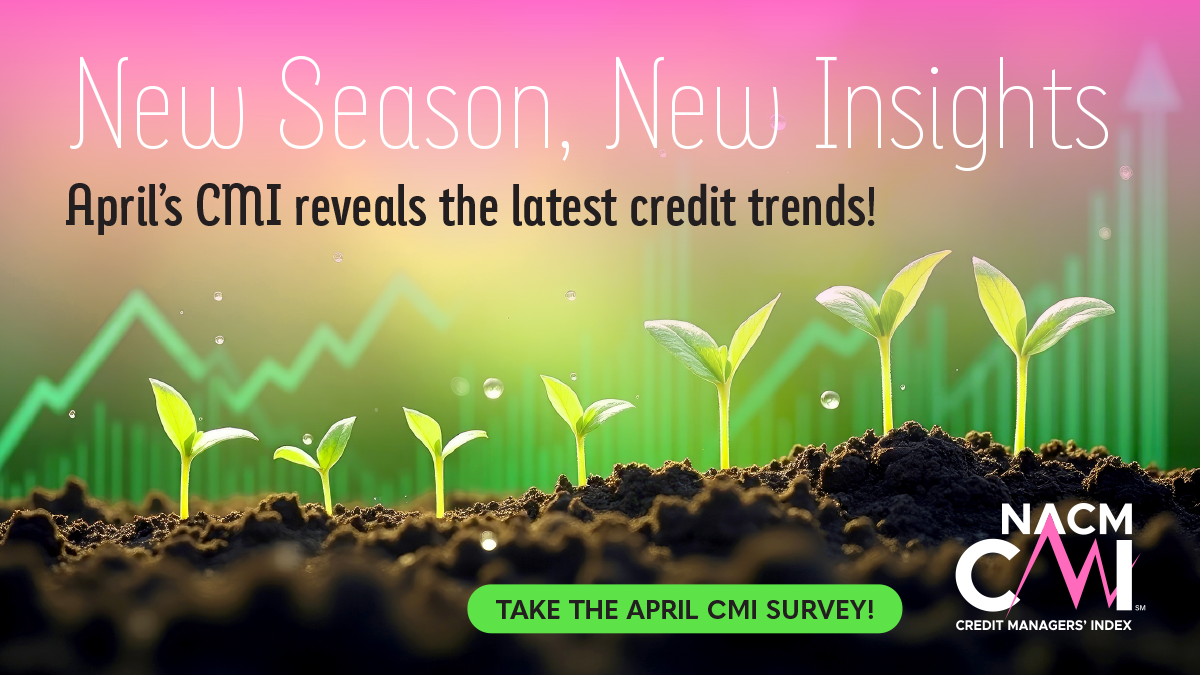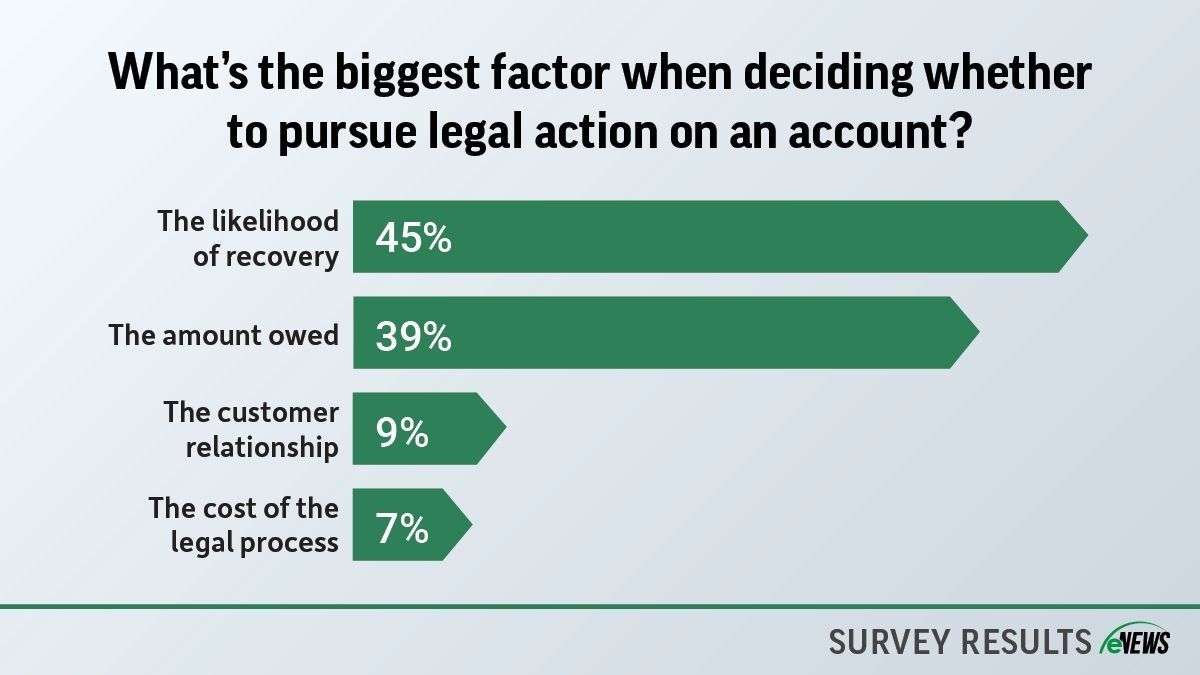Credit Managers’ Index (CMI), eNews
A powerful tool when economic uncertainty is rampant

Economic turmoil is straining cash flow for many businesses, while market instability continues to rise. In this climate, economic forecasts that provide perspectives into the health of the B2B world are increasingly valuable, as credit professionals rely on this information to anticipate and mitigate potential risks.
NACM’s Credit Managers’ Index (CMI) is an index of important economic indicators that credit professionals see every day. Initially created as a complement to the Institute for Supply Managements’ Purchasing Managers’ Index, the CMI looks at the financial aspects of business from sales to collection, to credit applications and credit extensions.
The value of the CMI lies in how effectively it can sense shifts in the economy early, before major economic metrics begin to show signs of change. “From an economist’s perspective it is a leading indicator of the health of the economy. The CMI is helpful in forecasting slowing economic activity and other trends that so-called hard data like GDP or corporate profits won’t reflect for another quarter or two,” said NACM Economist Amy Crews Cutts, Ph.D., CBE. “The index is also a benchmark for credit professionals—how are your internal numbers trending in comparison with your peers? Are you seeing more or less trouble in your receivables than what CMI respondents are indicating?”
There are two major components to the CMI that make it a valuable and informative metric for credit managers. One major factor, numerical index trends, offers useful insights that can help credit managers best understand the current business climate and how it will impact risk. By collecting and organizing numerical index trends, the CMI shows what areas of the economy are deteriorating while others are improving, effectively creating a well-rounded look at the overall health of the business-to-business sector.
Comments from respondents can also be immensely helpful to credit professionals looking to best understand the current market conditions. Whether calling everyone’s attention to a subtle uptick in bankruptcies or an increase in customer cash flow issues, these comments offer a unique perspective that cannot be found in any other economic forecast. By completing the CMI survey each month, you are contributing to a larger knowledge base shared by credit managers across industries.
“Taking the time to fill out the CMI survey is really a public service. You are giving to the collective good,” Cutts said. “But you also get the benefit of thinking through some of these metrics that should be part of your monthly AR dashboard. I think we can get lulled into complacency sometimes. We see the numbers and unless the system or an analyst has flagged a particular issue, you miss some of the trends. Taking the time to look at these 10 factors can help you as a credit manager catch small things that maybe today are not a big problem but could be if not watched.”
For credit managers, there is no forecast as instrumental as the CMI, as it perfectly corresponds to their day-to-day work. Paying attention to the results will not only help you anticipate economic turmoil down the road, but help you sense where you will feel that market stress the most.
“We all benefit from information on the condition of the economy, but someone has to provide it,” said Cutts. “We get bombarded with ridiculous surveys all the time—doctors requesting feedback, restaurants, banks, websites—it seems like everything we do is being surveyed. But the CMI is something that directly benefits you as a credit manager and the critical role you play in your company’s success.”
CMI results can help you create a plan of action when the economy feels uncertain, and the markets are in flux. In the chaotic world of business credit, the CMI is a grounding resource that can help you recenter your goals as a credit department even when the future is unclear. “I have heard from members that they use it to advocate for resources and to focus some of their attention when they see strange trends,” Cutts said. “You really only get what you are willing to give, and I think this is a small burden with a large payoff.”
The bottom line: The CMI is an incredibly valuable resource that gains power as an economic forecast as more and more credit managers complete the survey. For those who have not participated in the survey before or have fallen out of the practice of doing so, it is important to remember how insightful the results are and your own role in making them as accurate as possible.
The CMI is now open. Your participation is essential, as your input helps to shape the future of the credit industry. To contribute to this month’s survey, click here. The survey will close April 15.





